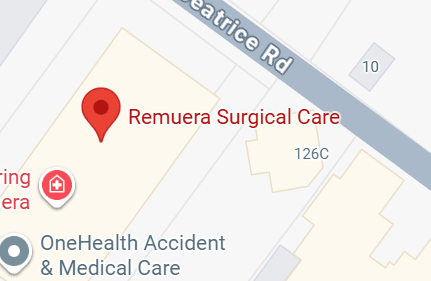Did you know that the skin is the body’s largest organ?
It has several layers, with the 2 main ones being the epidermis (upper/ outer layer) and the dermis (lower/inner layer).
What is skin cancer?
Cancer is uncontrolled division of abnormal cells anywhere in the body. In skin cancer the cells in the epidermis are damaged (e.g. by the sun) and become cancerous.
Which cells are affected?
The epidermis is made up of three kinds of cells and cancers resulting from them are named accordingly.
- Squamous cells: Thin, flat cells that form the top layer. Form Squamous Cell Carcinoma i.e. SCC.
- Basal cells: Round cells found under the squamous cells. Form basal cell carcinoma i.e. BCC.
- Melanocytes: Cells that make melanin (pigment that gives skin its colour) are found in the lower part of the epidermis. Form Melanoma
What are the most common types of skin cancer?
Basal and squamous cell carcinomas are the two most common. Both can usually be cured, but they can be disfiguring.
What is Melanoma?
Melanoma is the third most common type of skin cancer. It is the deadliest because of its tendency to spread to other parts of the body, including vital organs.
What causes skin cancer?
Most cases of skin cancer are caused by overexposure to ultraviolet (UV) rays from the sun, tanning beds, or sunlamps which all damage the skin. In the short term, this can cause a sunburn but in the long term this damage accumulates, leading to premature skin aging, changes in skin texture and sometimes skin cancer.
Any risk factors?
Anyone can get skin cancer, but people with certain characteristics are at greater risk:
- already had a skin cancer.
- one or more close blood relatives have had a melanoma.
- skin with dysplastic moles.
- more than 20 moles.
- a history of sunburn, especially in childhood.
- red hair or pale skin that burns easily or a tendency to freckle.
- Blue or green eyes.
How can you prevent it?
Being careful about exposure to UV rays is the best prevention. This is important all year round as UV rays can still reach you on cool cloudy days. Keeping safe from the sun includes:
- Staying in the shade.
- Wearing clothing that covers your arms and legs.
- Wearing a hat with a wide brim to shade your face, head, ears, and neck.
- Wearing sunglasses that wrap around and block both UVA and UVB rays.
- Using a broad-spectrum sunscreen with a sun protection factor (SPF) of 15 or higher.
- Avoiding indoor tanning machines.
What should you look out for?
For melanoma specifically, a simple way to remember the warning signs is to remember the A-B-C-D-Es of melanoma:
- Asymmetrical: Does the mole or spot have an irregular shape with two parts that look very different?
- Border: Is the border irregular or jagged?
- Colour: Is the colour uneven?
- Diameter: Is the mole or spot larger than the size of a pea?
- Evolving: Has the mole or spot changed during the past few weeks or months?
For other skin cancers look out for any change in previously normal skin that doesn’t go away after 2-3 weeks e.g. a new growth, a sore that doesn’t heal, change in an old growth e.g. bleeding.
Talk to your doctor if you notice changes in your skin such as a new growth, a sore that doesn’t heal, a change in an old growth, or any of the A-B-C-D-Es of melanoma.
Do I need a skin check? and if I do, how often should I have one?
Most white-skinned people in New Zealand – especially those who have grown up and lived till middle-age here – should consider the benefits of having a comprehensive skin check each year.
If you had 5 episodes of sun burn that simply left you peeling before you turned 16, your relative risk for melanoma over a lifetime is double that of someone who didn’t suffer those sun burns.
If you have more than 100 moles your life-time risk of developing melanoma is raised significantly.
If you have 1 first degree relative (brother, sister, mother or father) who has had melanoma or any relative who had a melanoma before they turned 30, your risk is significant, and you should be screened regularly.
If you’ve already had 1 melanoma, then your risk of second melanoma goes up 9-fold and you should be screened 3-monthly for the first 2 years and after that, it depends on how thick your melanoma was, but at least annually life-long.
People who live alone, especially those over 50 (who are already more at risk because risk rises with age) should be screened because self-monitoring your own back is impracticable.






